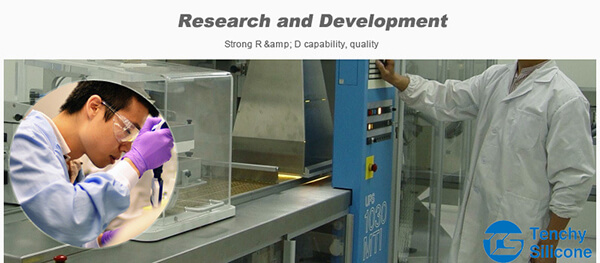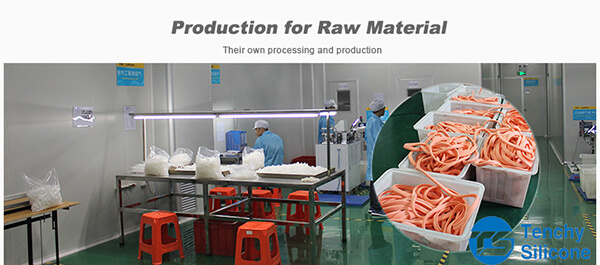Silicone Foam Seal Basic Information
Production process: silicone foam
Material: silicone
Size: customized
Color: black, red, blue, white, gray, green, transparent (other colors can be produced on request)
Non-toxic and tasteless, in line with RoHs Reach requirements
Surface type: smooth or frosted
Sample period: 1-2 days (3-8 days for customized products)
![]()


![]()

